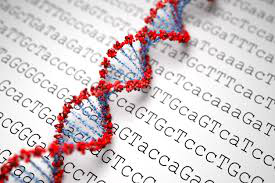Genome Sequencing: A Contemporary technique to analyse Contaminated Food
The industrialization of food, which has morphed the sector from small operations to multinational conglomerates, has given rise to new diseases—salmonella, E. coli, and listeria—and the scale of distribution means that outbreaks can affect hundreds of people across multiple states at a time. In more than two-thirds of cases arising from food-borne illnesses, the cause of the illness is never identified. However, the Food and Drug Administration has recently been using whole genome sequencing to track down the pathogens responsible for tainted foods in an effort to thwart outbreaks. Researchers at IBM Research and Mars Incorporated are also undergoing a project to sequence the DNA of the food supply chain to get a baseline of safe food ingredients.
Whole genome sequencing is a cutting-edge technology that the Food and Drug Administration (FDA) has put to a novel and health-promoting use: supporting investigations of outbreaks of foodborne illnesses. The technology looks at the DNA fingerprint left behind by disease-causing bacteria, allowing FDA to identify the source of an outbreak with more detail and clarity than ever before. The use of genome sequencing provided genetic information that linked outbreak bacteria to those found in the food facility and in samples of the finished cheese product. FDA partnered with the Centers for Disease Control and Prevention (CDC) and state and local partners in the outbreak investigation. At least eight people were infected with the outbreak strain, and one died.

Gene sequences are the ordered chemical building blocks that make up the bacteria's DNA; a genome is an organism’s complete set of DNA, including all of its genes.
International Conference on Food Safety and Hygiene
Edinburgh, ScotlandSeptember 06-08, 2018
Edinburgh, ScotlandSeptember 06-08, 2018
To know more, visit us at http://foodsafety-hygiene.alliedacademies.com/
Comments
Post a Comment